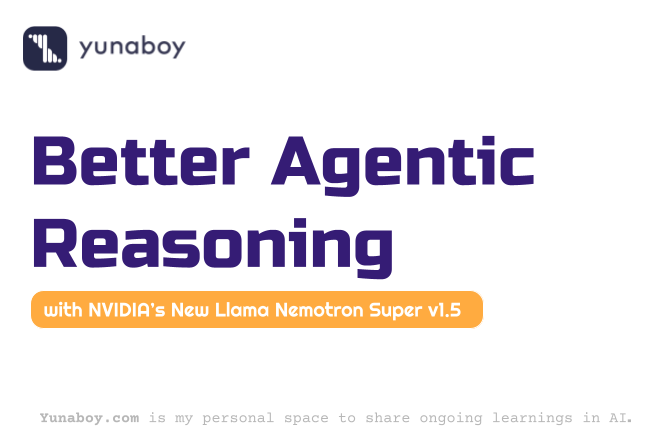NVIDIA just dropped the Llama Nemotron Super v1.5 model, and the main buzzword attached to it is “agentic reasoning.” So, what does that actually mean? Simply put, agentic reasoning is about giving AI the ability to make its own decisions, prioritize tasks, and adapt to changing situations—like a good team member, not just an automated tool.
Instead of running basic instructions over and over, this new model can figure out what needs to get done, shift gears if something changes, and keep learning from the outcomes. Imagine automation, but instead of following a script, it “thinks” about what’s important, sets its own priorities, and even identifies problems before you do.
Why is that a big deal?
- For fields like banking, risk analytics, or anything data-heavy, it means less waiting around for updates and more responsive systems.
- If you work in customer service, fraud detection, or even project management, it’s like having an assistant who adjusts on the fly.
- Because the model plugs into existing tools, organizations can start making use of these smarts right away—no major overhauls required.
Where Can You Use Llama Nemotron Super v1.5? Practical Use Cases
You don’t need to be a tech giant to benefit from this technology. Here’s how everyday users and teams (even solo) can try out agentic reasoning:
- Banking & Finance: Automate real-time fraud detection, personalized financial advice, or quick compliance checks. For example, a small bank could use it to scan transactions for suspicious patterns instantly.
- Customer Support: Use the model to route tickets more intelligently, anticipate what customers need, or even generate summaries for the next rep.
- Data Analytics: Set up dashboards that don’t just report numbers but recommend next steps or flag unusual trends as they happen.
- Small Businesses: Build smart chatbots, automate order processing, or handle mundane emails with an AI that learns what your business cares about.
- Healthcare or Research: Analyze patient feedback, streamline document processing, or surface early warning signs in large data sets.



Good one